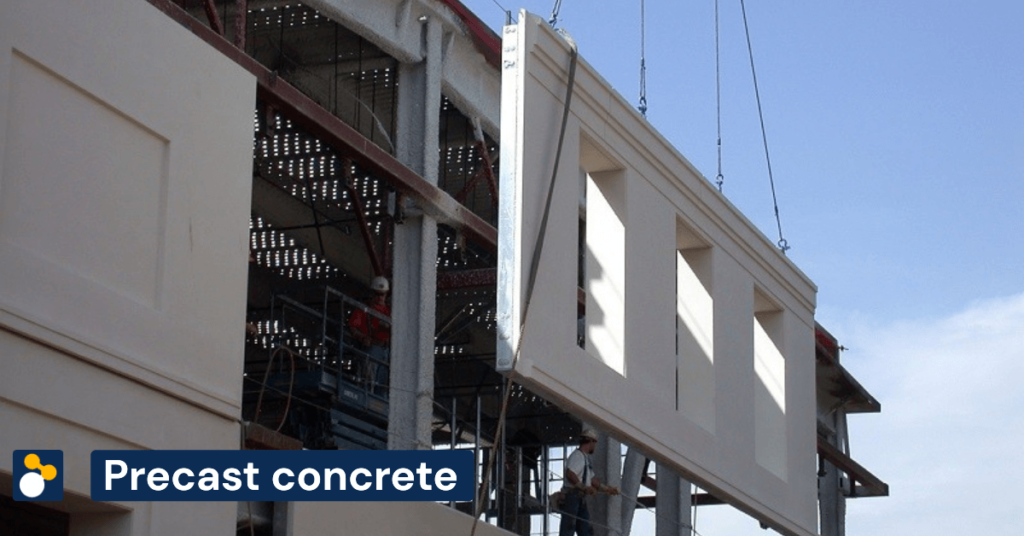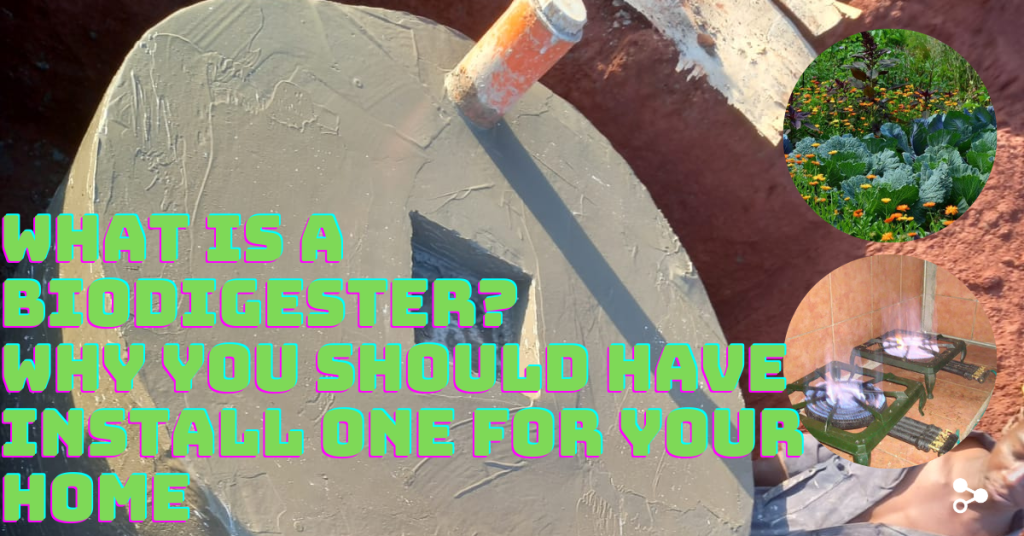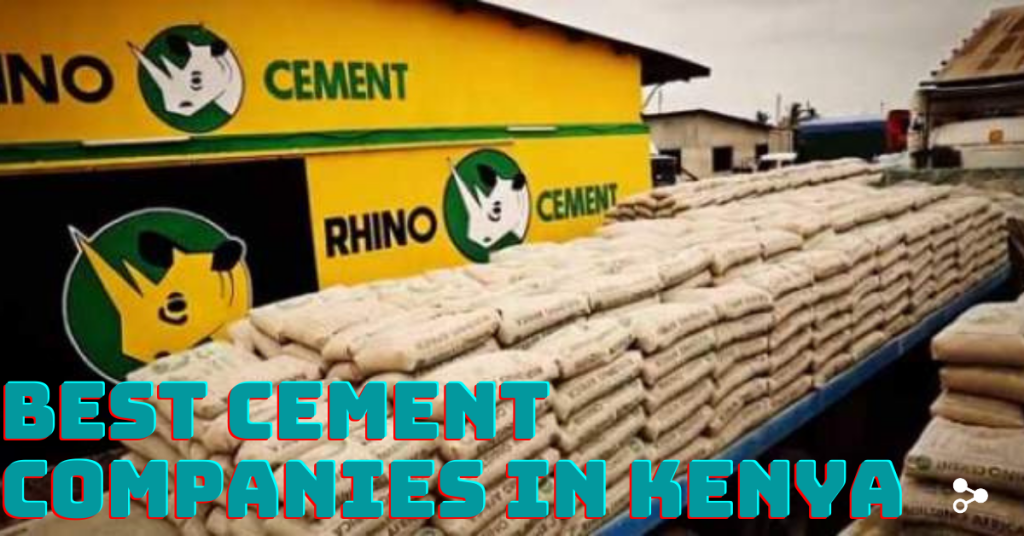Precast concrete is a type of construction material that is becoming increasingly popular due to its versatility, durability, and efficiency. In this article, we will explore what precast concrete is, how it is made, and its advantages and disadvantages.
What is Precast Concrete?
Precast concrete is a type of construction material that is made in a factory or off-site location and transported to a construction site for installation.
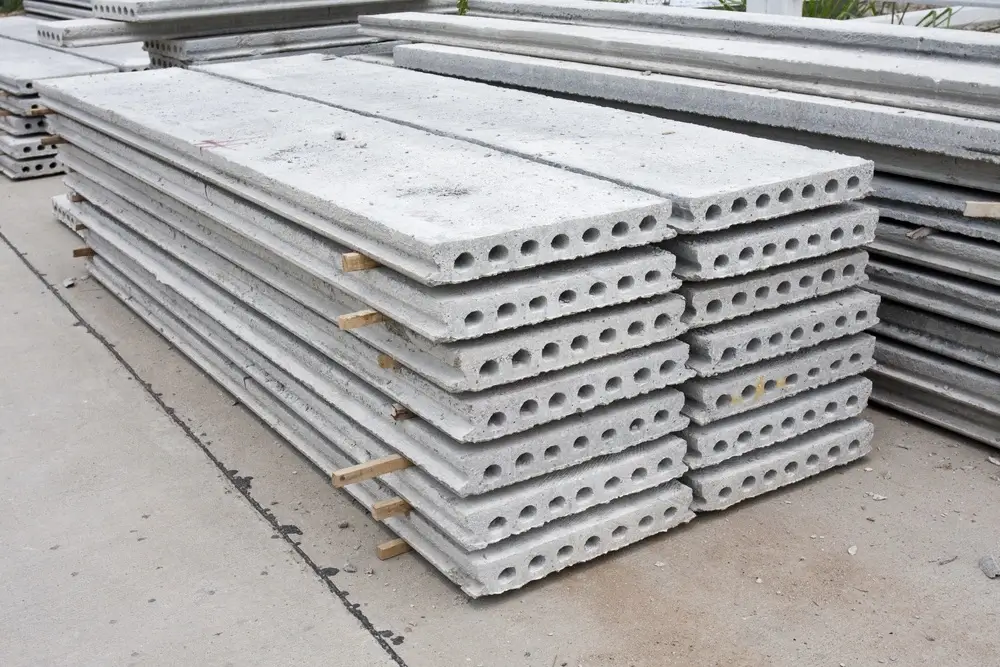
It is created by pouring concrete into molds, which are then cured under controlled conditions, allowing for uniform quality and consistency
Precast concrete products can be used for a wide range of applications, including walls, floors, columns, beams, stairs, and architectural elements.
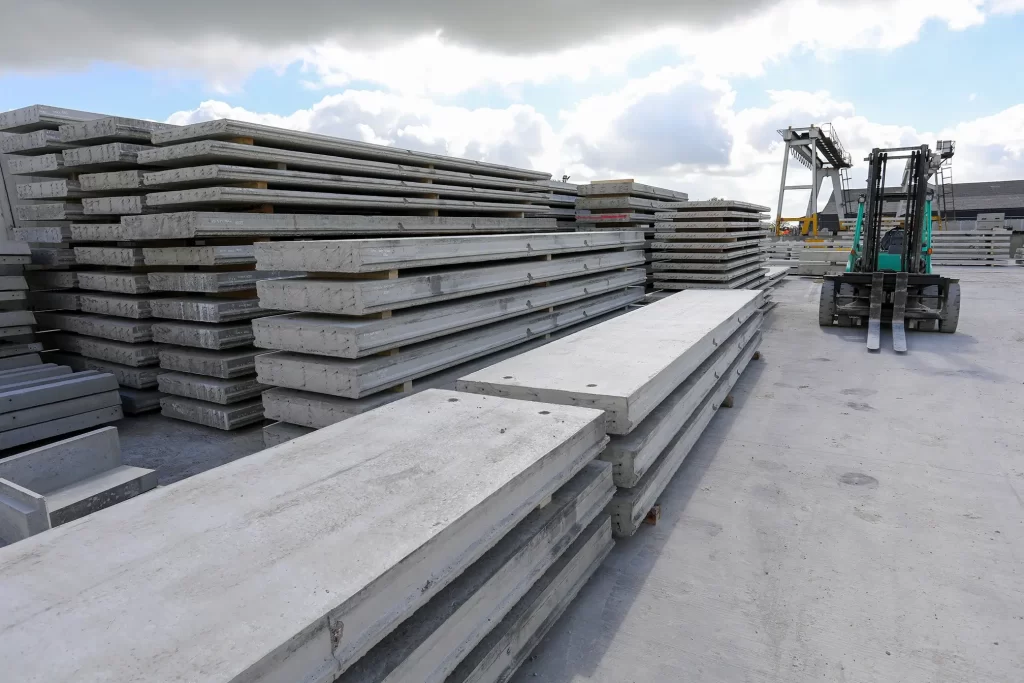
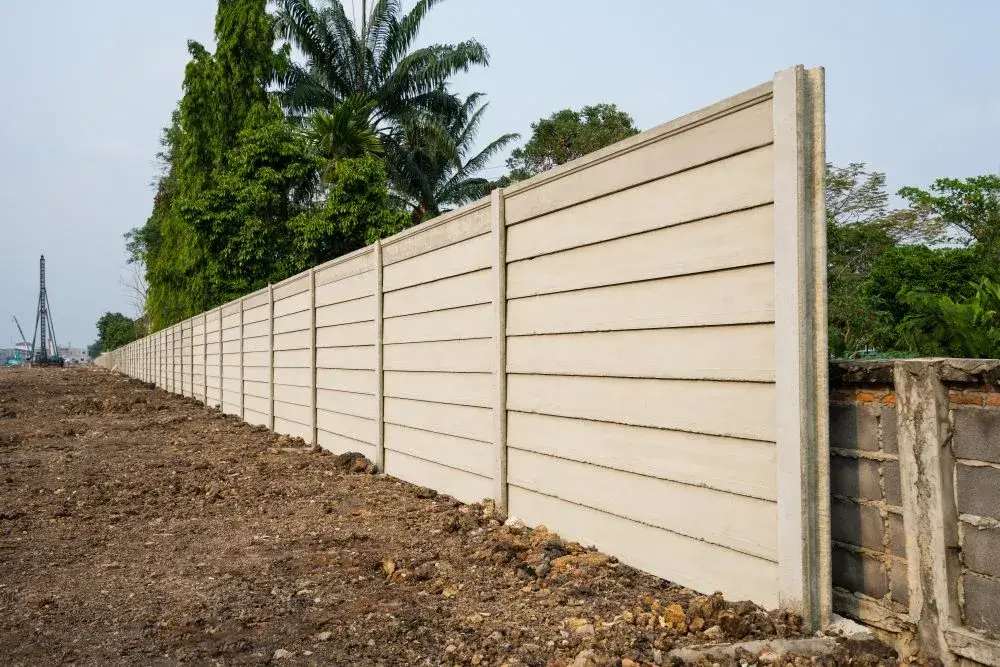
Advantages of Precast Concrete
Durability: Precast concrete is highly durable and resistant to wear and tear, making it an ideal material for structures that will be subjected to harsh environments or heavy loads.
Time and cost savings: It is made off-site, allowing for faster construction times and reducing labor costs. Additionally, the controlled manufacturing process ensures a high level of quality, reducing the need for rework and repairs on-site.
Versatility: It can be used for a wide range of applications, including architectural elements such as cladding, balustrades, and decorative panels, as well as for structural elements such as beams, columns, and slabs.
Sustainability: It is a sustainable building material that is made from natural materials and can be recycled at the end of its life cycle.
Fire resistance: It is highly fire-resistant, making it a safe material for use in structures that may be subjected to high temperatures or flames.
Disadvantages of Precast Concrete
Limited flexibility: It is made to specific shapes and sizes, which can limit the design options for architects and engineers.
Transportation challenges: Precast concrete products can be heavy and difficult to transport, which can increase transportation costs and limit access to certain sites.
Site preparation: Precast concrete products require a level and stable foundation for installation, which can add to the overall cost of the project.
Conclusion
Overall, precast concrete is a versatile, durable, and efficient building material that has many advantages over traditional construction materials
While there are some disadvantages, such as limited flexibility and transportation challenges, the benefits of precast concrete make it a popular choice for a wide range of construction projects.
As the demand for sustainable and efficient building materials increases, precast concrete is likely to become even more prevalent in the construction industry.

